The Asteroid Chase In 'Star Trek: The Wrath Of Khan'
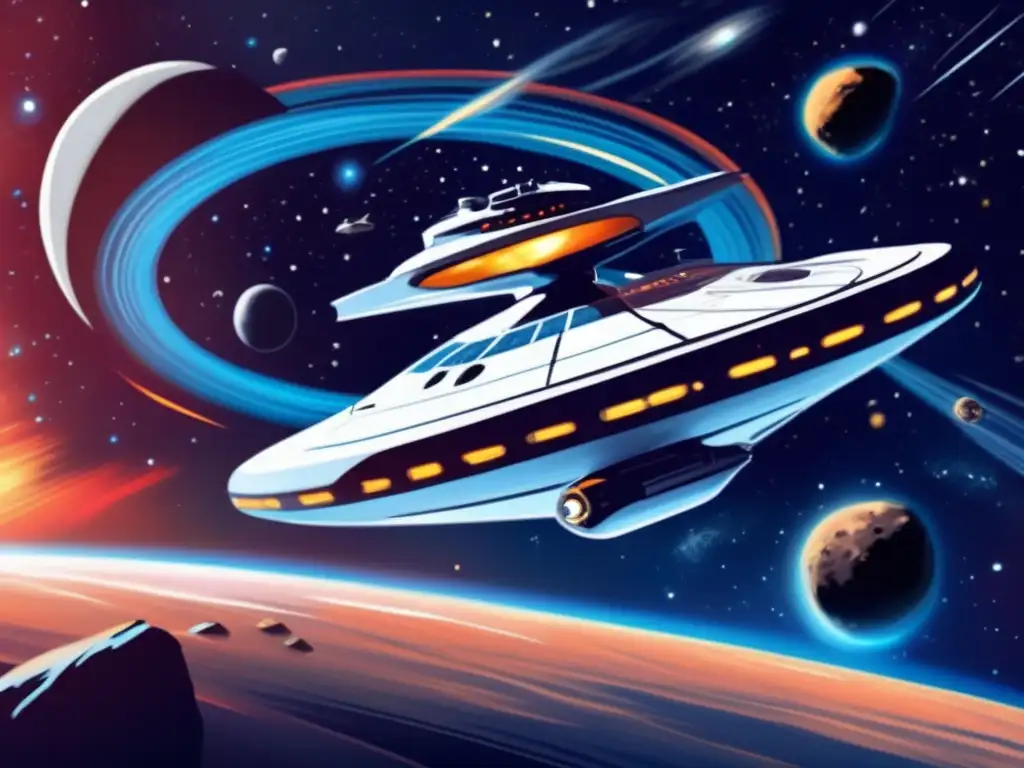
Introduction
Asteroids have been a popular subject in fiction for many years, appearing in various forms of media such as movies, TV shows, books, and comics. One of the most memorable examples of asteroids in fiction is 'Star Trek: The Wrath of Khan.' In this article, we will dive deep into the asteroid chase scene from the movie and explore the scientific accuracy and cultural significance of this portrayal of asteroids in fiction.
The Scene: Khan's Attack on the USS Reliant
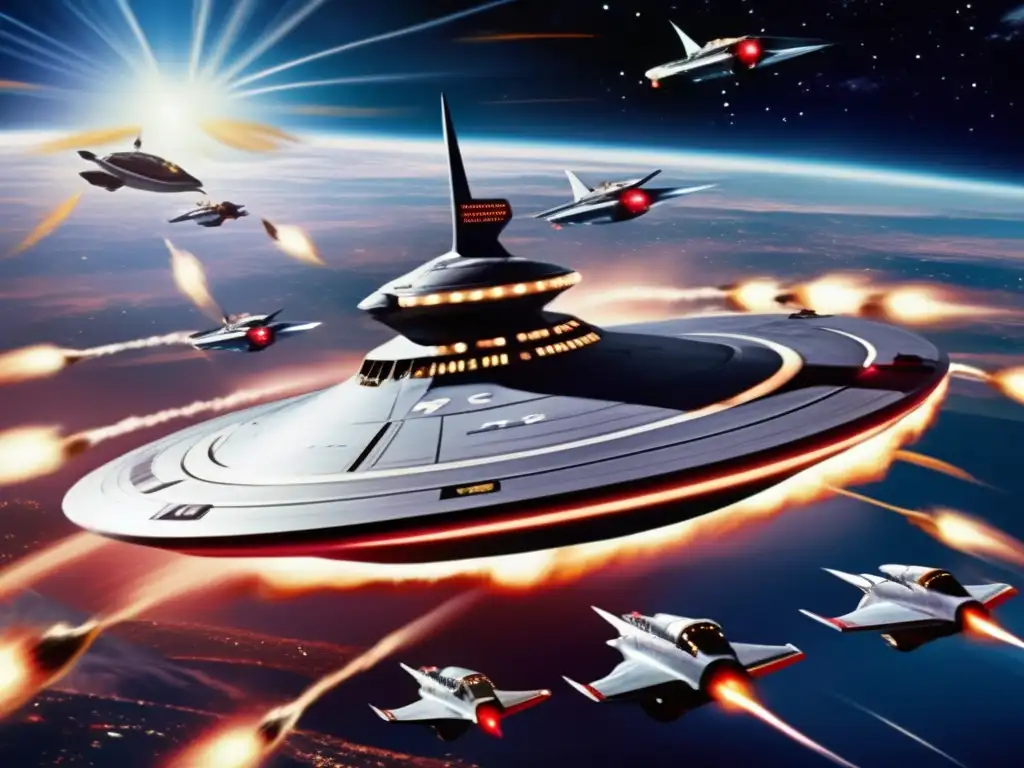
Plot Summary
In this particular scene from the movie, Khan and his crew are chasing down the USS Enterprise in their spaceship, the USS Reliant. To escape, the Enterprise flies into a nearby nebula, where the Reliant loses sight of them. However, Khan finds a way to track the Enterprise by bouncing a scanning probe off an asteroid in the nebula, using its reflection to locate the Enterprise's hiding place. He then fires a torpedo at the Enterprise, which narrowly misses and hits an asteroid instead, creating a massive explosion.
Scientific Accuracy
While this scene is undoubtedly exciting and thrilling, it is not entirely scientifically accurate. Firstly, asteroids do not reflect scanning probes or any other forms of electromagnetic radiation. Secondly, the explosion caused by the torpedo hitting the asteroid would not be as massive and destructive as shown in the film. Asteroids are relatively small and low in mass, so any explosions caused by them would have a limited impact and pose no significant threat to nearby spacecraft.
Cultural Significance
The asteroid chase scene in 'The Wrath of Khan' showcases the creative liberties that filmmakers often take when depicting scientific concepts in fictional settings, prioritizing action and drama over scientific accuracy. It is an excellent example of how popular culture can influence our perceptions and misconceptions of science and technology.
The Real Science of Asteroids
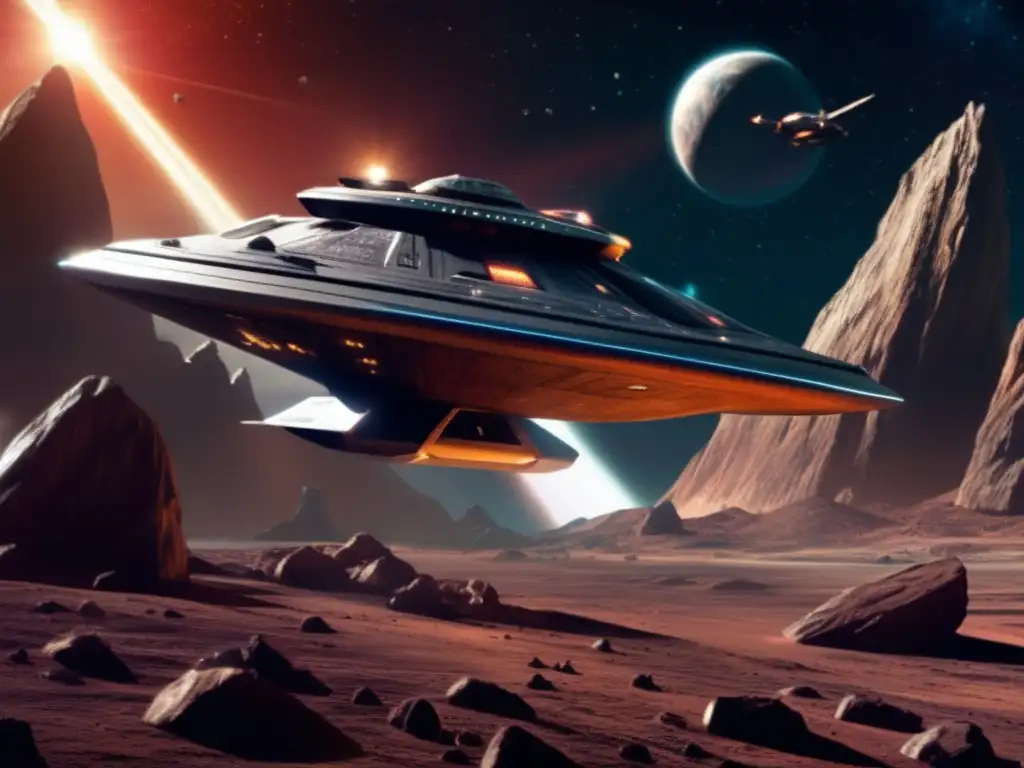
Types of Asteroids
Asteroids are small, rocky objects that orbit the sun. There are three main types of asteroids based on their composition: C-type, S-type, and M-type. C-type asteroids are the most common and composed of clay and silicate rocks. S-type asteroids are made up of metallic iron and nickel. Lastly, M-type asteroids are a mixture of both C- and S-type asteroids.
Asteroid Mining
Asteroids have become an increasingly popular topic in recent years due to the potential economic benefits of mining them for resources such as water, metals, and rare minerals. Companies like SpaceX and NASA are exploring ways to mine asteroids in the future to support space exploration and colonization efforts.
Dangers and Threats
Asteroids can pose a significant threat to Earth and its inhabitants if they collide with our planet. While most asteroids are harmless and small enough to burn up in the atmosphere, larger ones can cause catastrophic damage upon impact. Scientists are actively working on ways to detect and prevent asteroid impacts through methods such as asteroid deflection and mitigation strategies.
Frequently Asked Questions

-
Is it possible to track spaceships using asteroids?
No, asteroids do not reflect scanning probes or any other forms of electromagnetic radiation.
-
Can asteroids cause massive explosions like the one shown in 'Star Trek: The Wrath of Khan'?
No, asteroids are relatively small and low in mass, so any explosions caused by them would have a limited impact and pose no significant threat to nearby spacecraft.
-
Can asteroids be mined for resources?
Yes, asteroids contain valuable resources such as water, metals, and rare minerals that could support space exploration and colonization efforts.
-
Can asteroids collide with Earth?
Yes, asteroids can collide with Earth, and larger ones can cause catastrophic damage upon impact. Scientists are actively working on ways to detect and prevent asteroid impacts.
-
How are asteroids classified based on their composition?
Asteroids are classified into three main types: C-type, S-type, and M-type, based on their composition of clay and silicate rocks, metallic iron and nickel, or a mixture of both, respectively.
Conclusion
The asteroid chase scene in 'Star Trek: The Wrath of Khan' may not be entirely scientifically accurate, but it still showcases the cultural significance of asteroids in fiction and how they can inspire our imaginations. While we should always strive for scientific accuracy in media, creative liberties can still be taken as long as they are presented in the appropriate context. Asteroids remain an essential and fascinating subject in both science and popular culture, and we can continue to explore their mysteries and potentials together.
Additional Resources
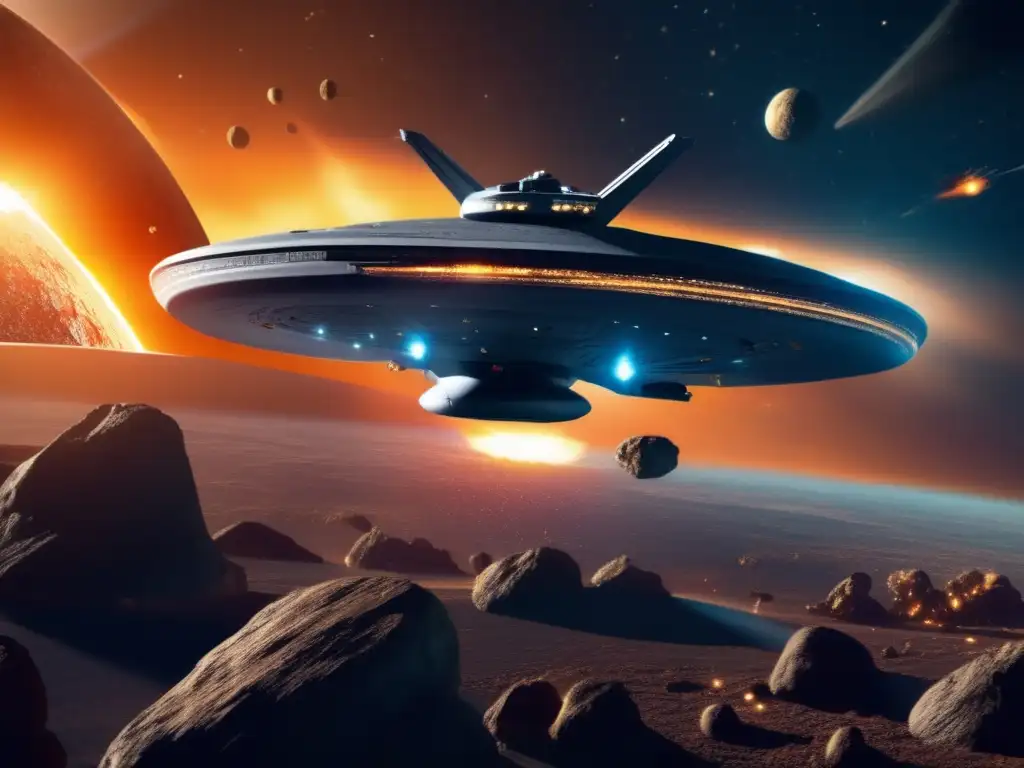
For more information on asteroids, check out the following resources:
- Solar System Exploration: Asteroids - NASA
- Asteroids - ESA
- Asteroid Facts and Information - National Geographic
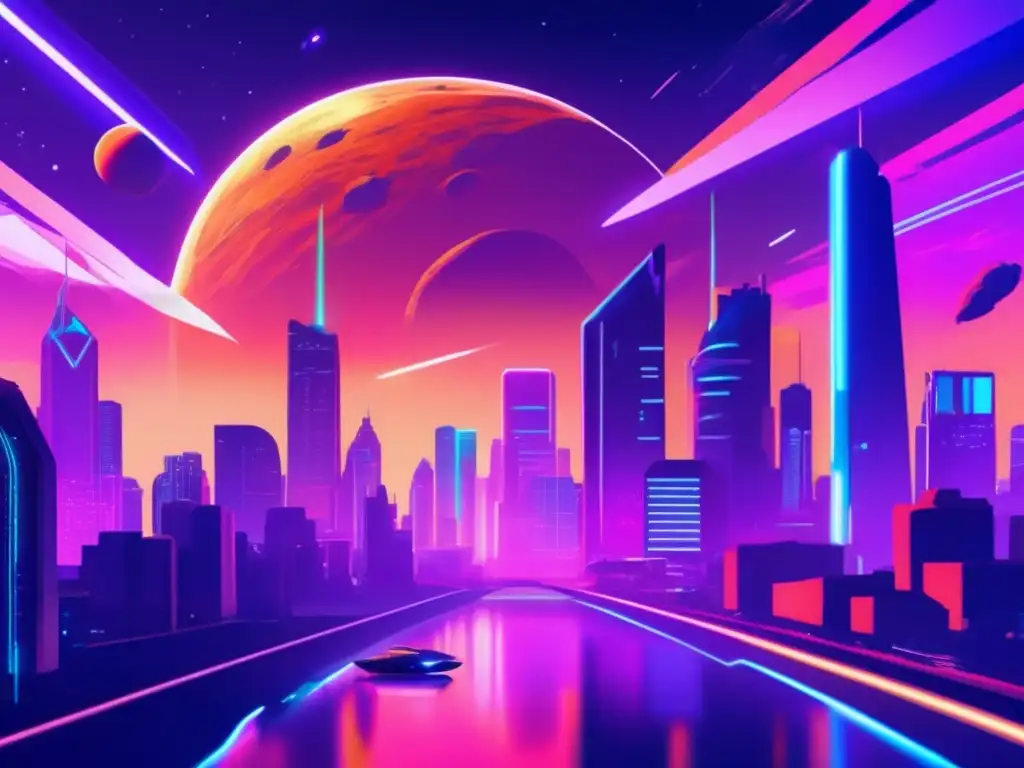 The Last Policeman' Book Review: A Precinct On The Edge Of An Asteroid Apocalypse
The Last Policeman' Book Review: A Precinct On The Edge Of An Asteroid Apocalypse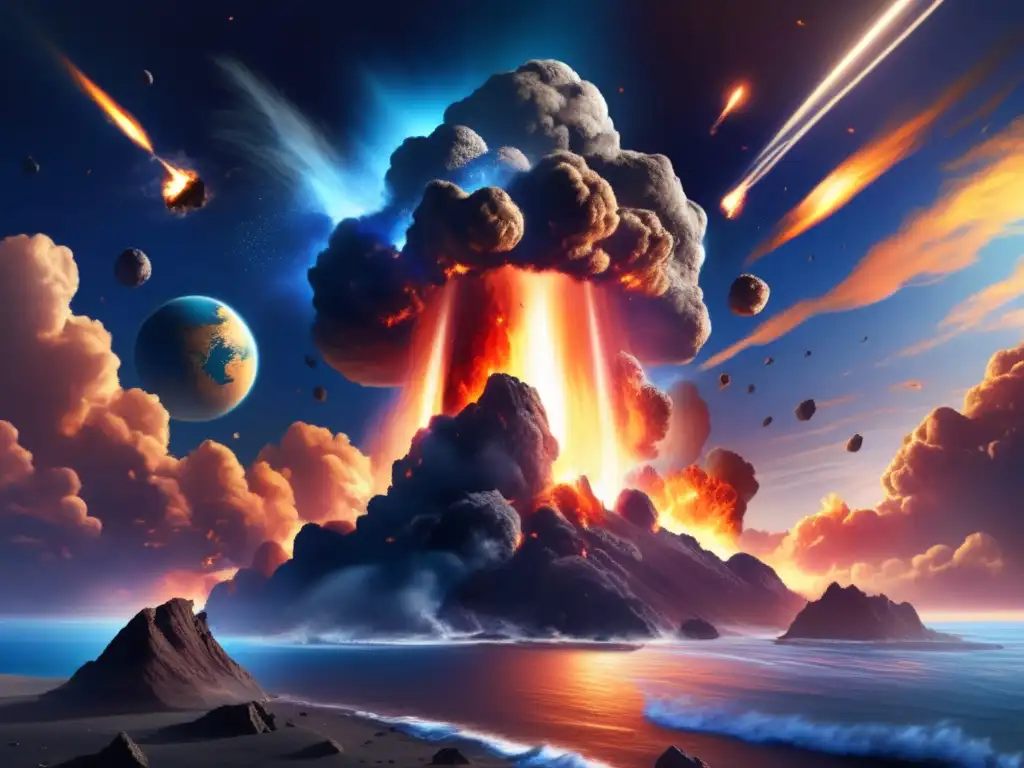 Film Review: 'Asteroid: The Doomsday Rock' And Its Fictitious Prophecies
Film Review: 'Asteroid: The Doomsday Rock' And Its Fictitious Prophecies The Portrayal Of Asteroid Mining In 'Moon Express': A Game Analysis
The Portrayal Of Asteroid Mining In 'Moon Express': A Game AnalysisIf you want to discover more articles similar to The Asteroid Chase In 'Star Trek: The Wrath Of Khan', you can visit the Asteroids in Fiction category.
Leave a Reply

Articulos relacionados: